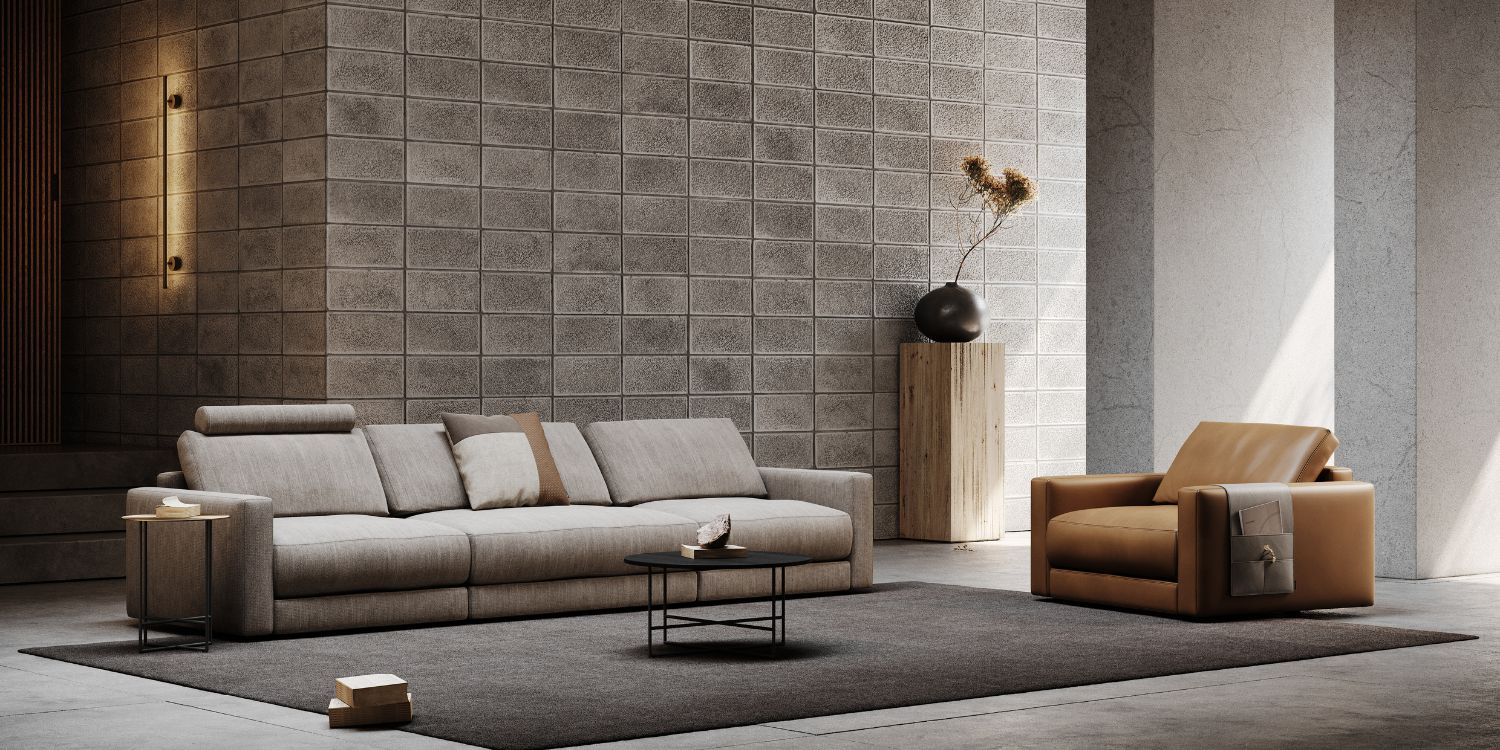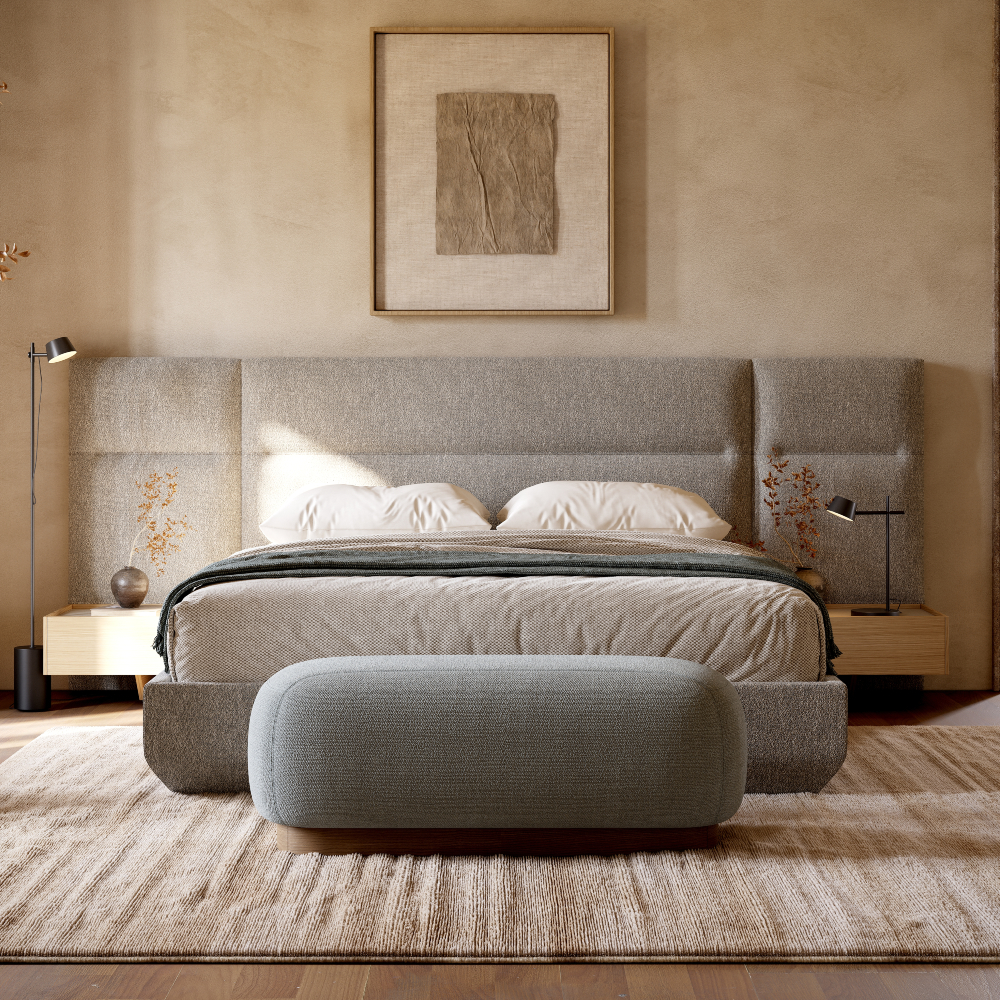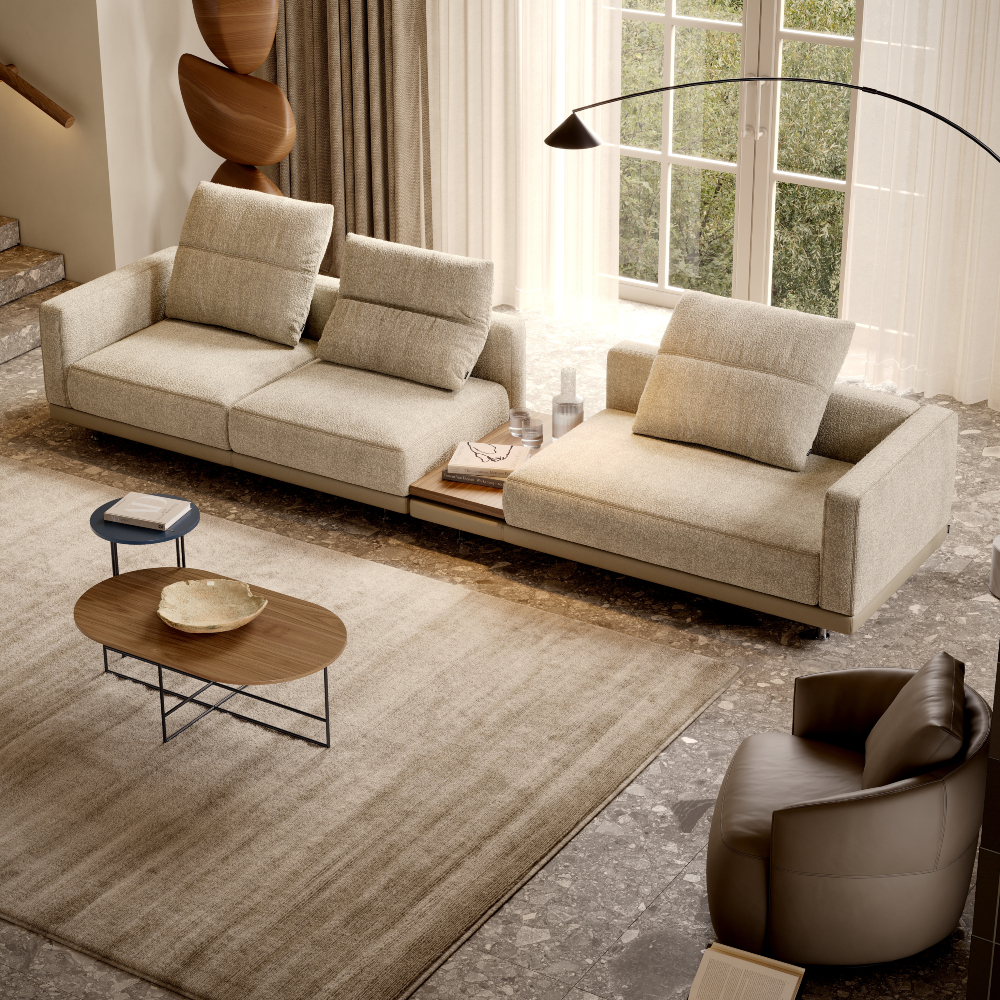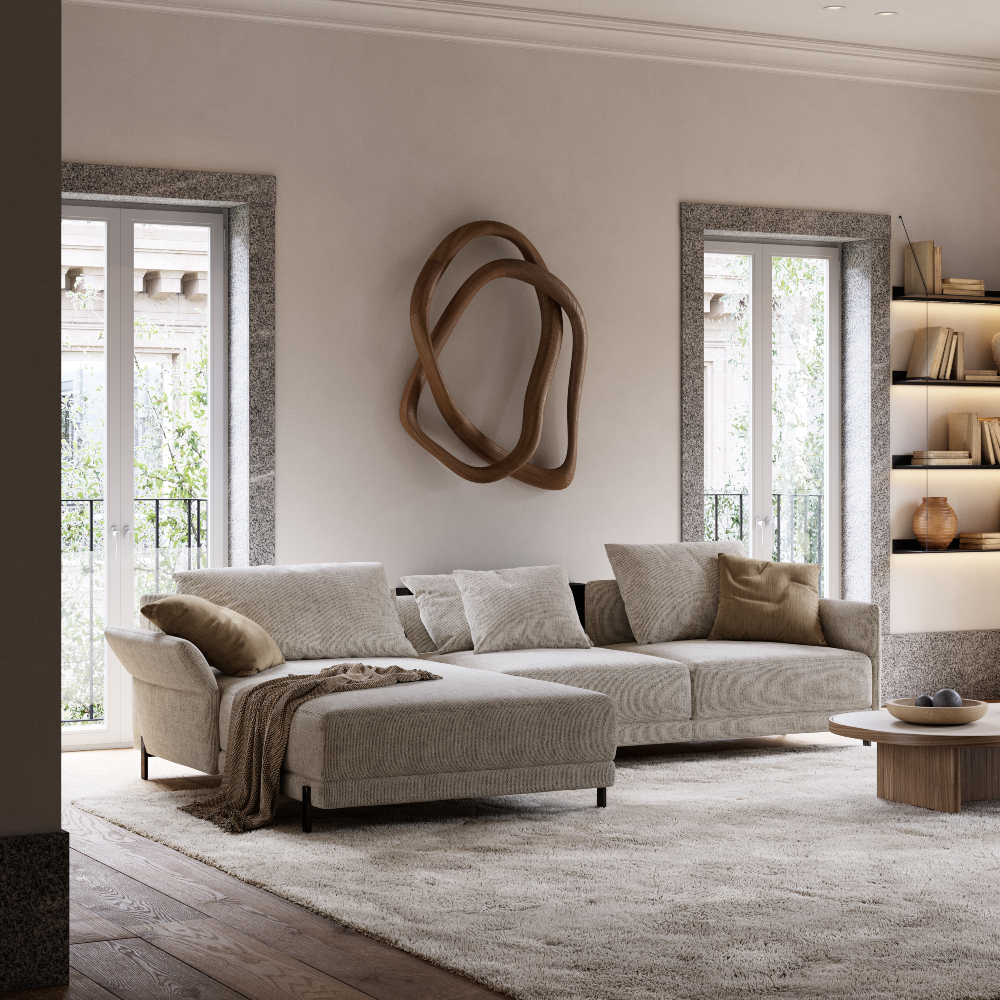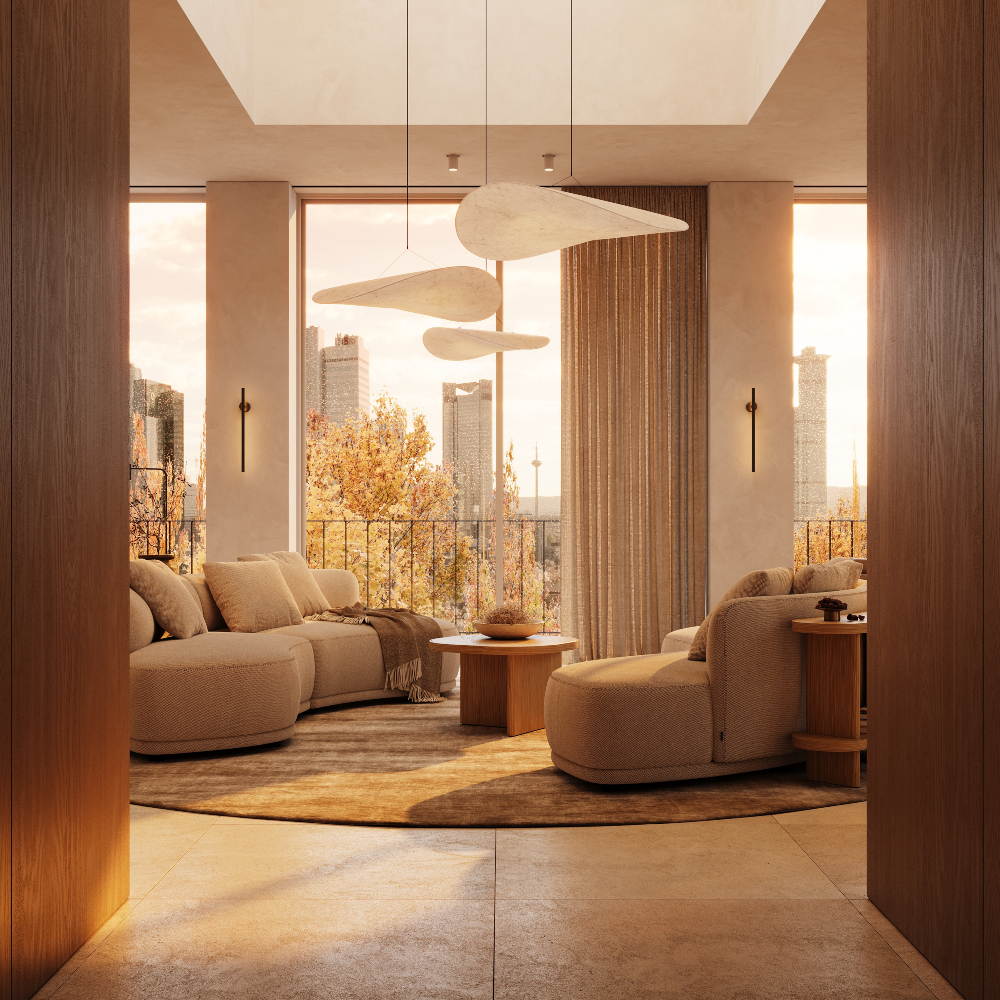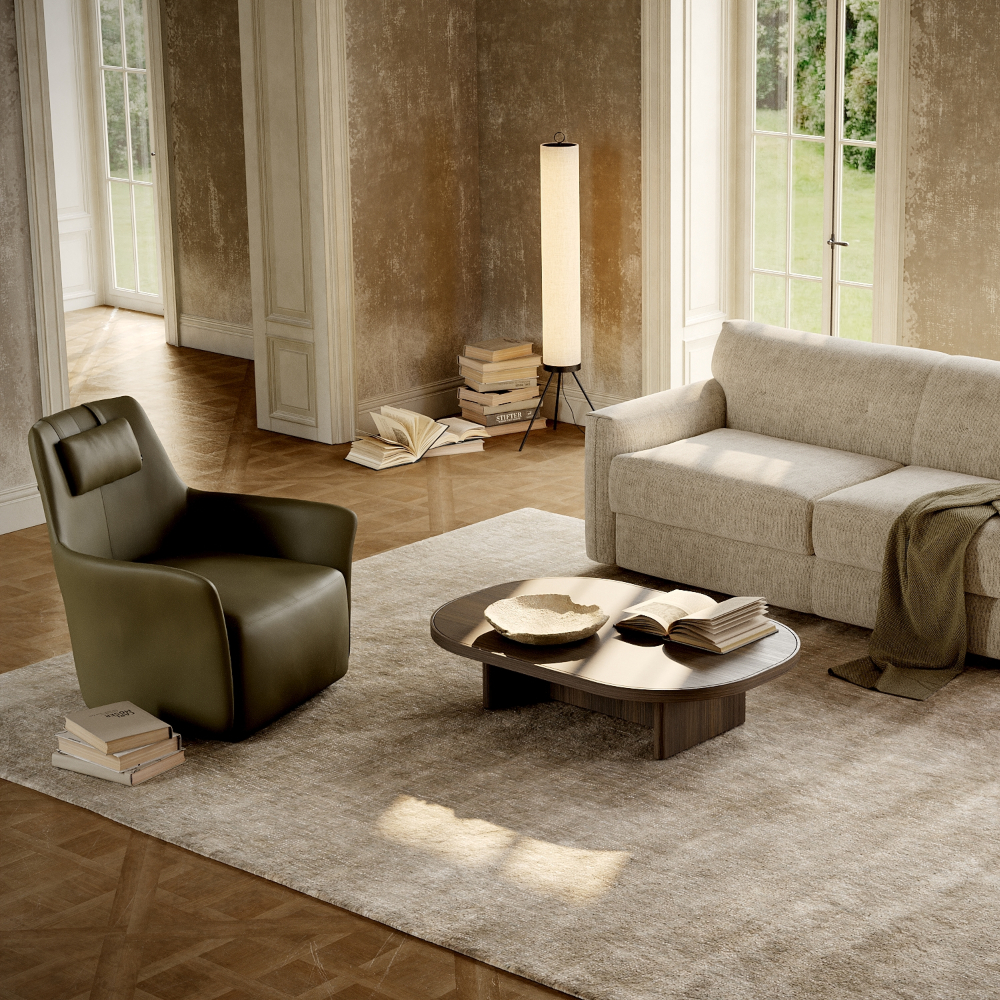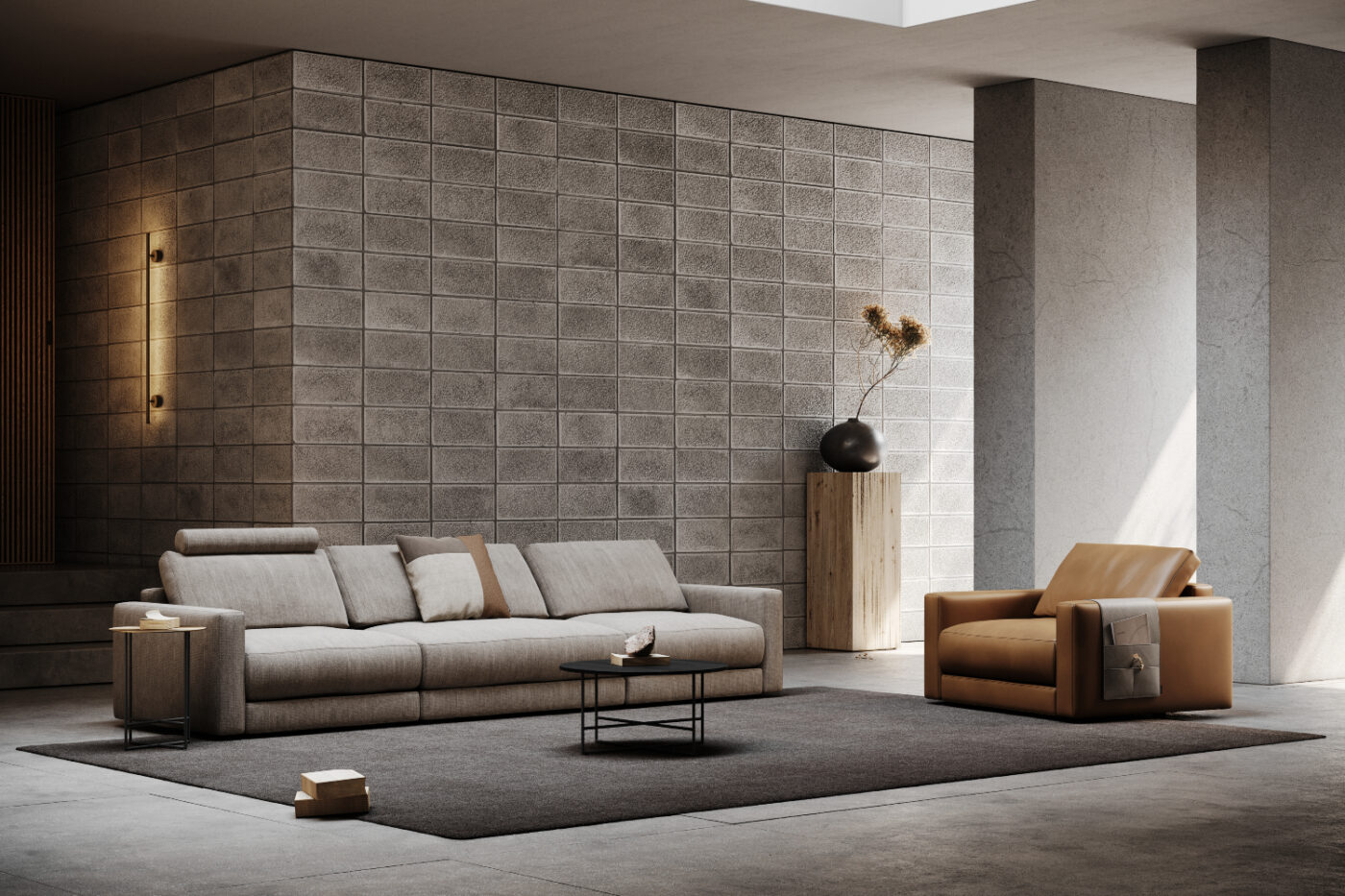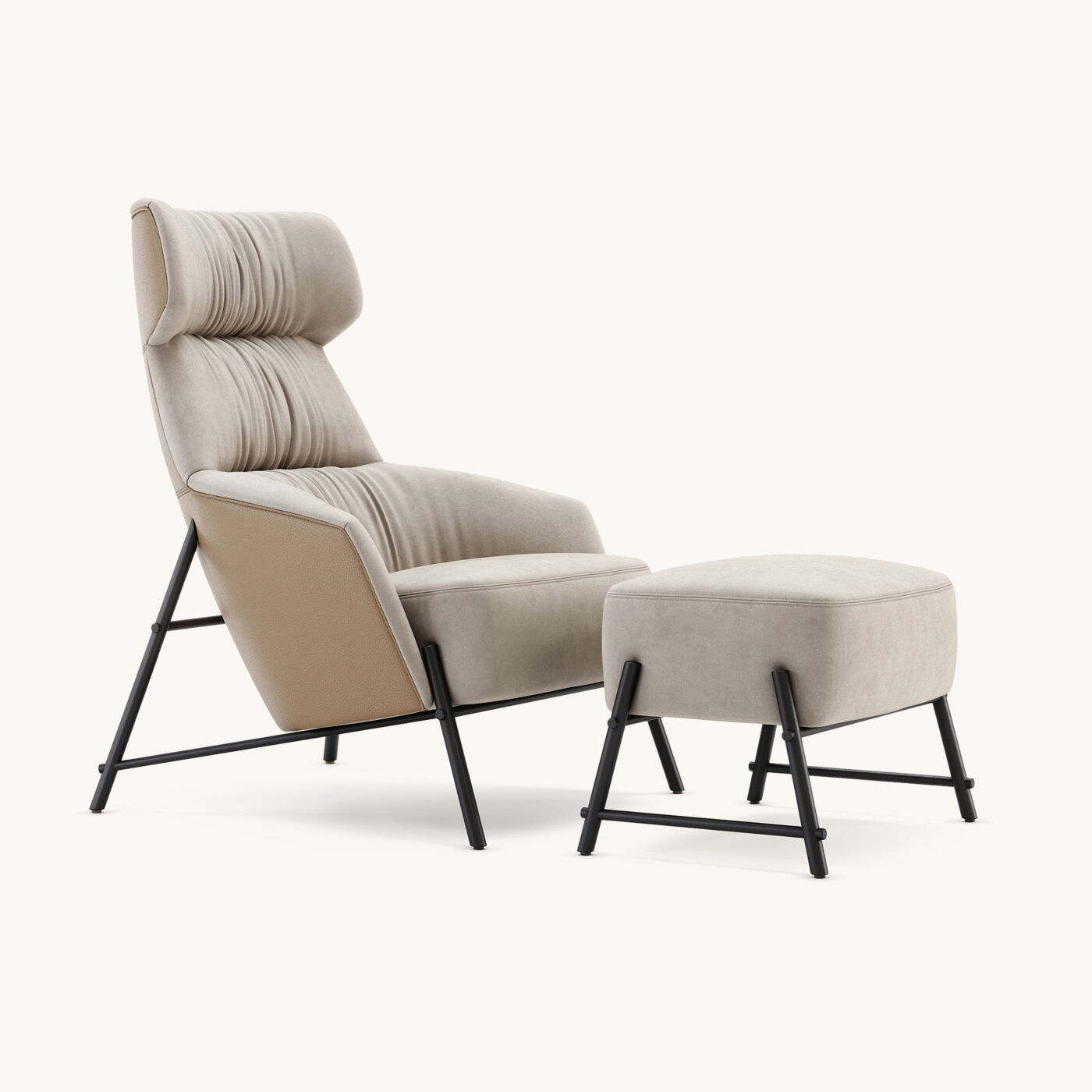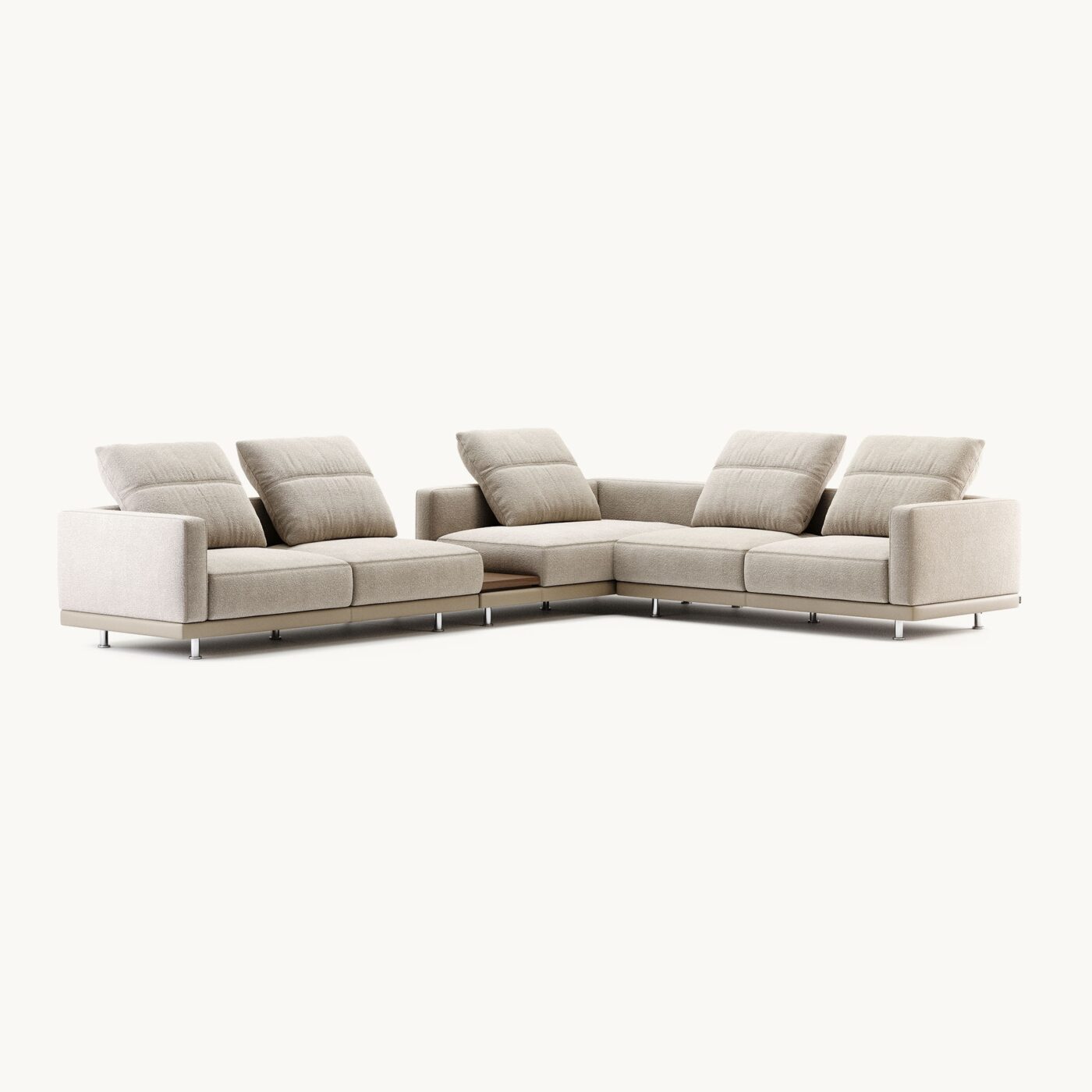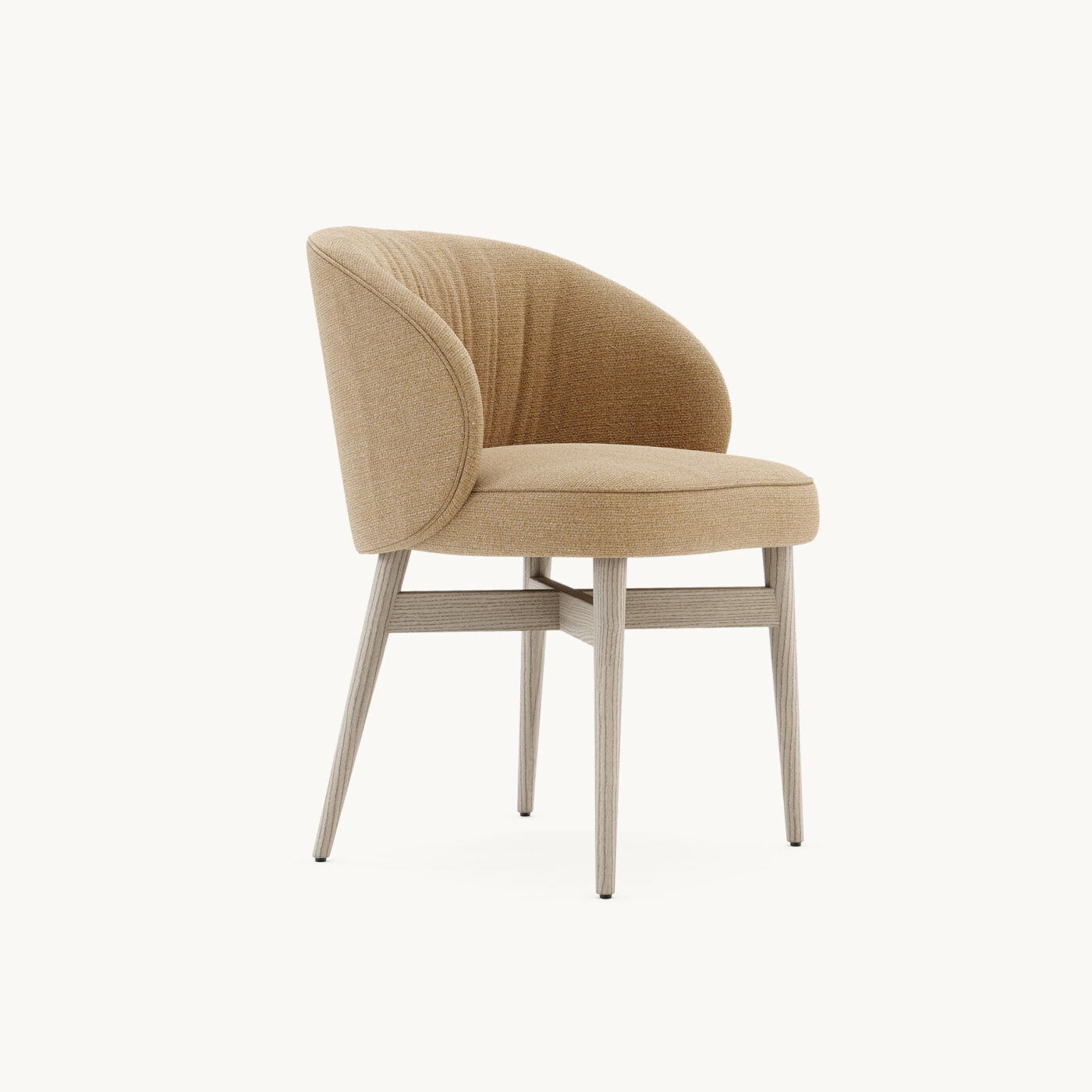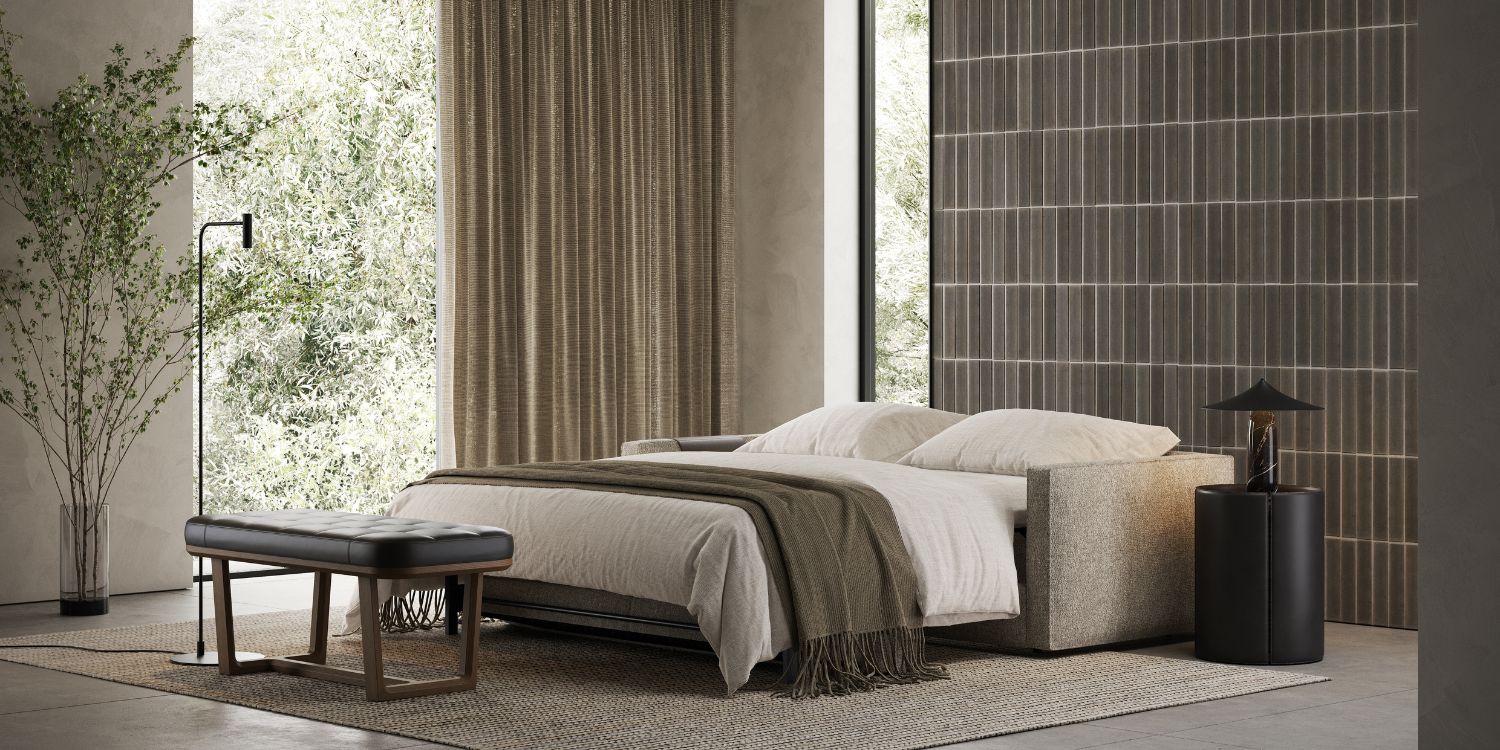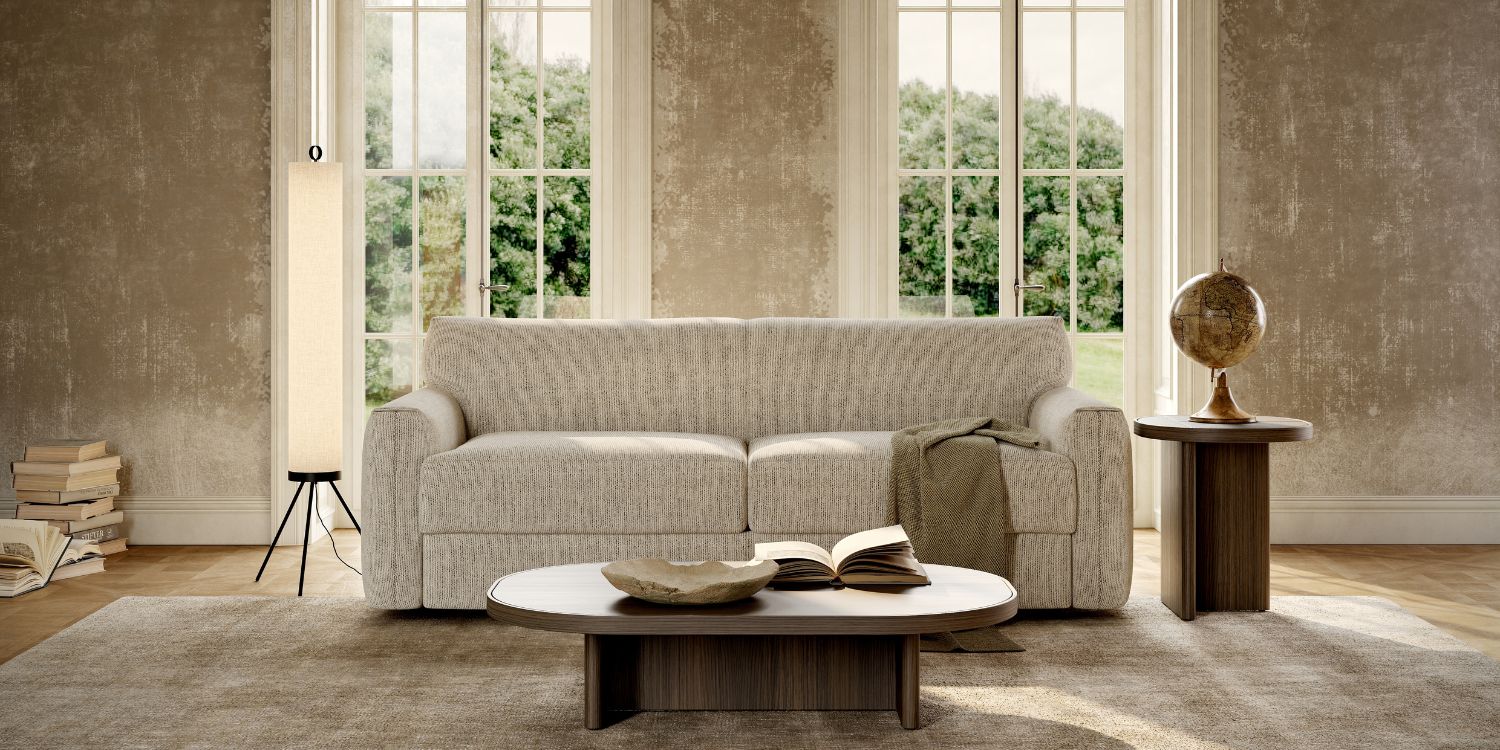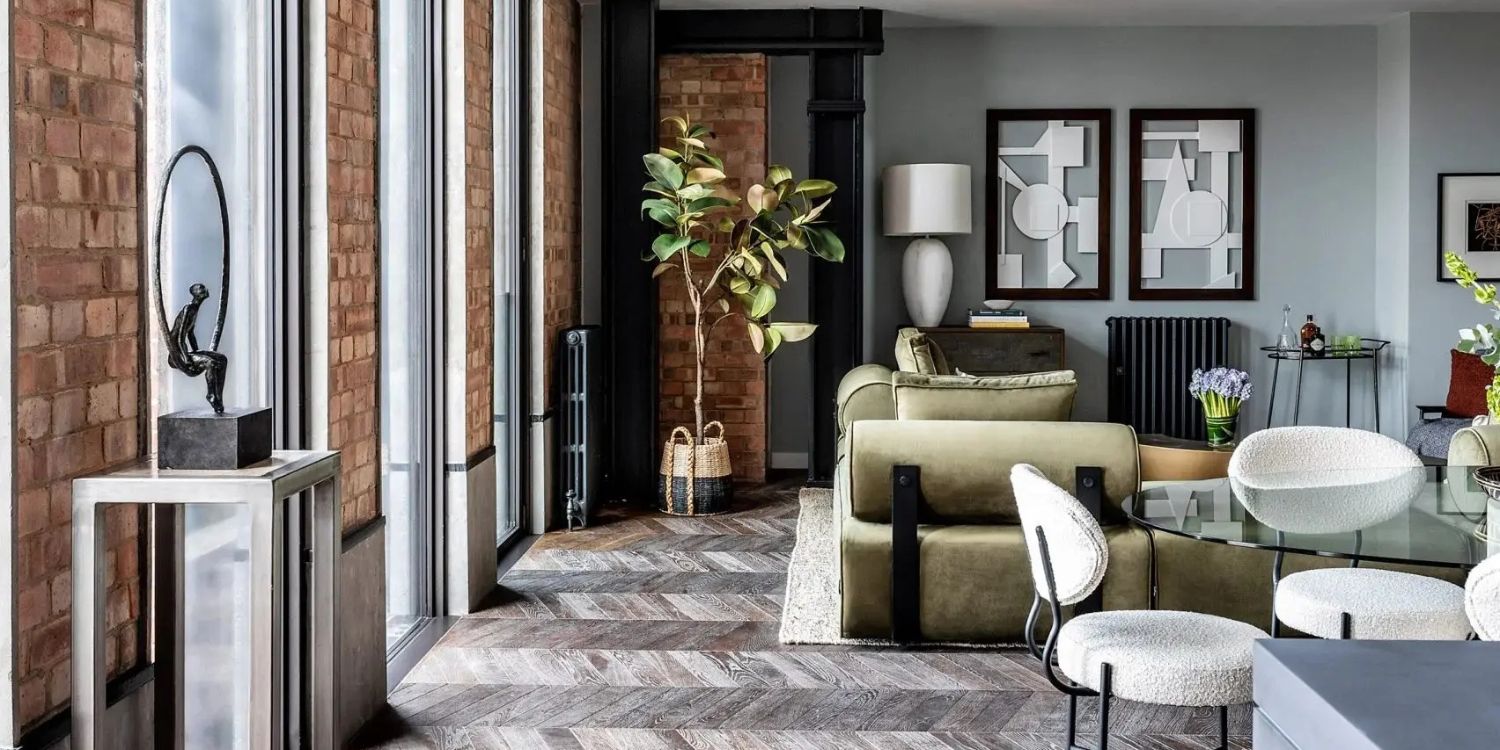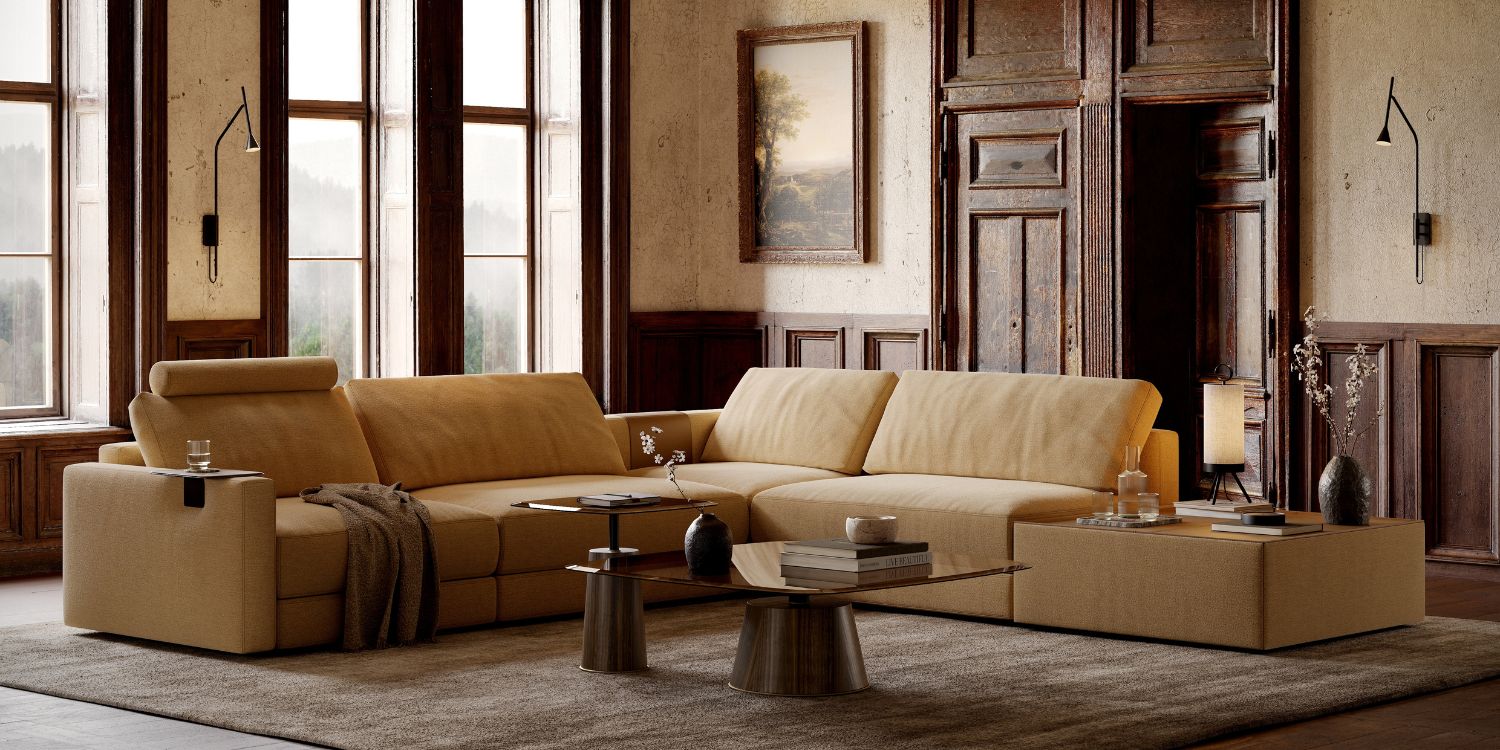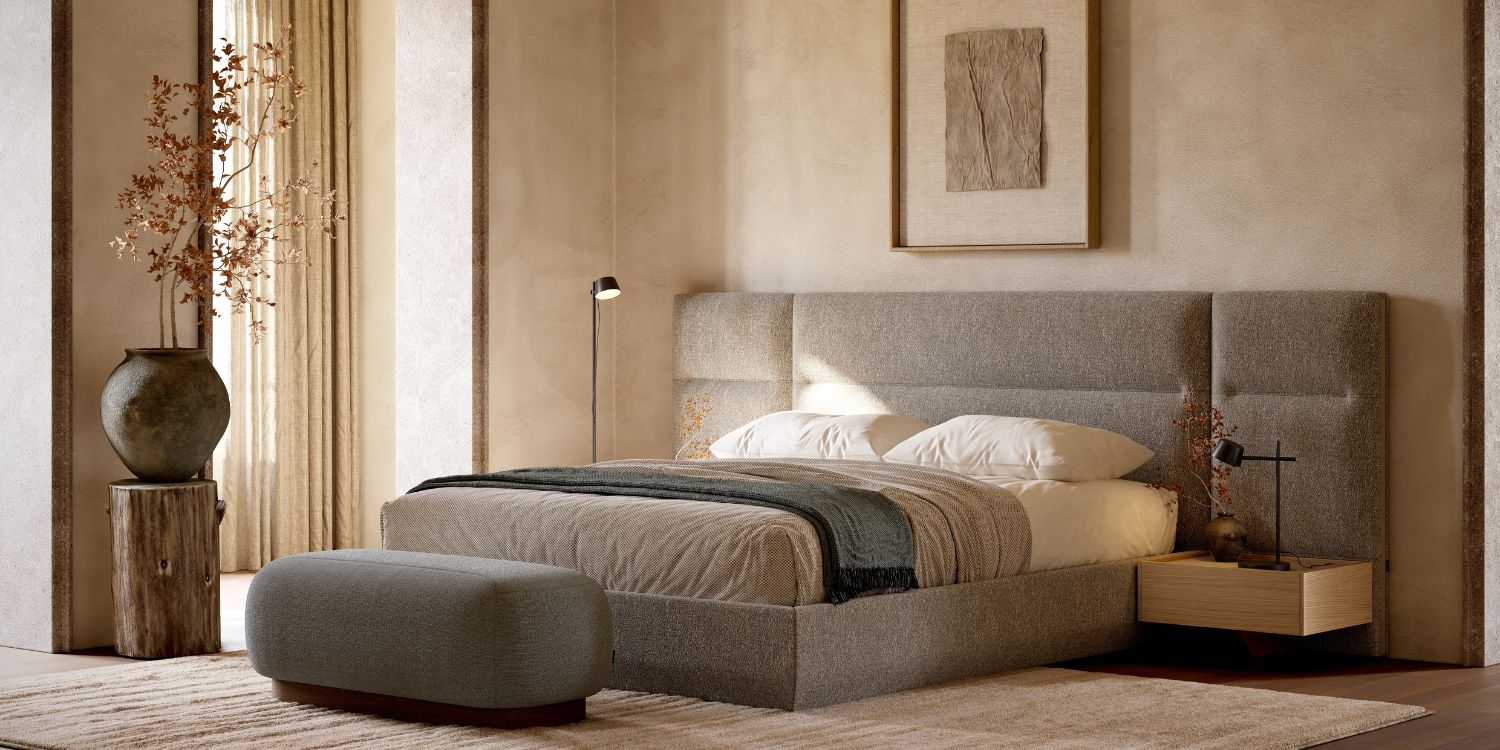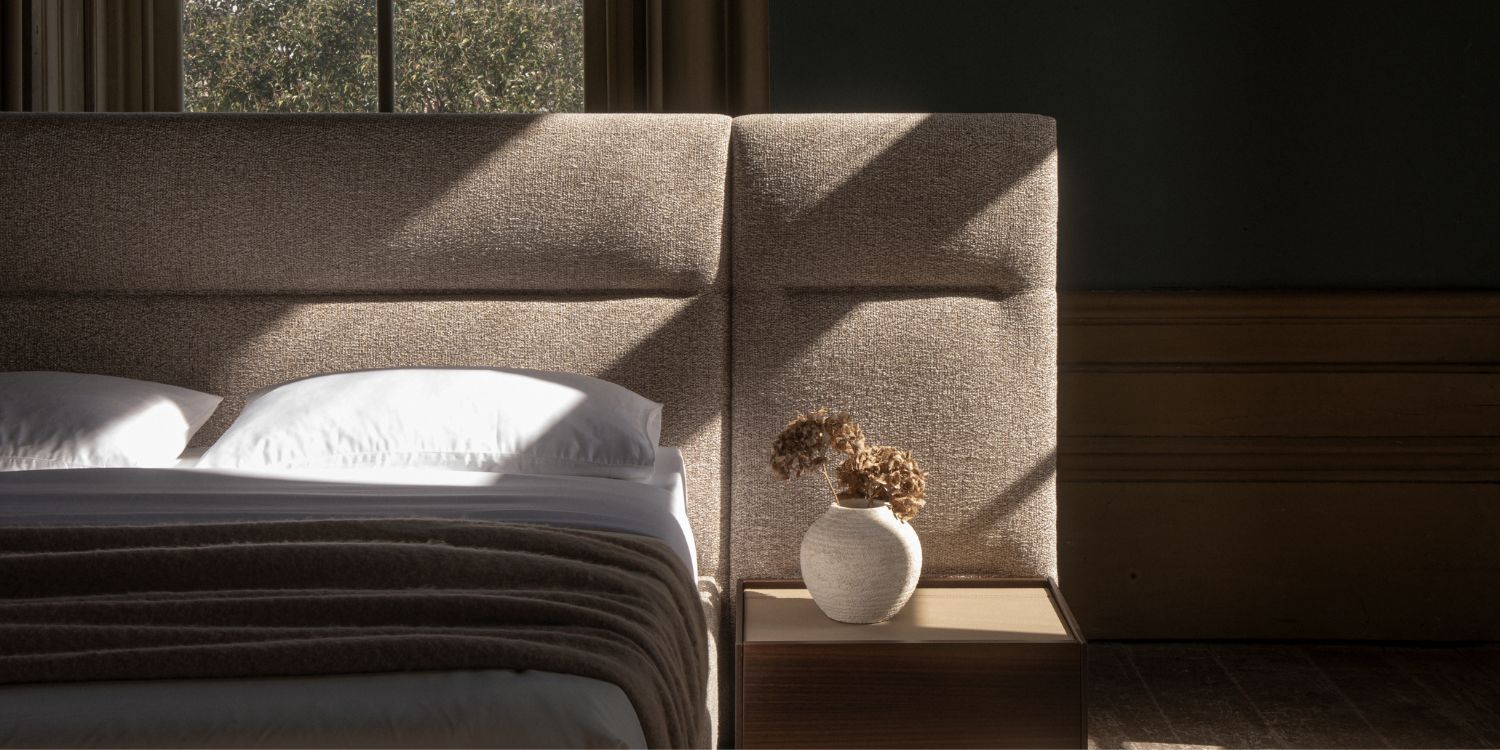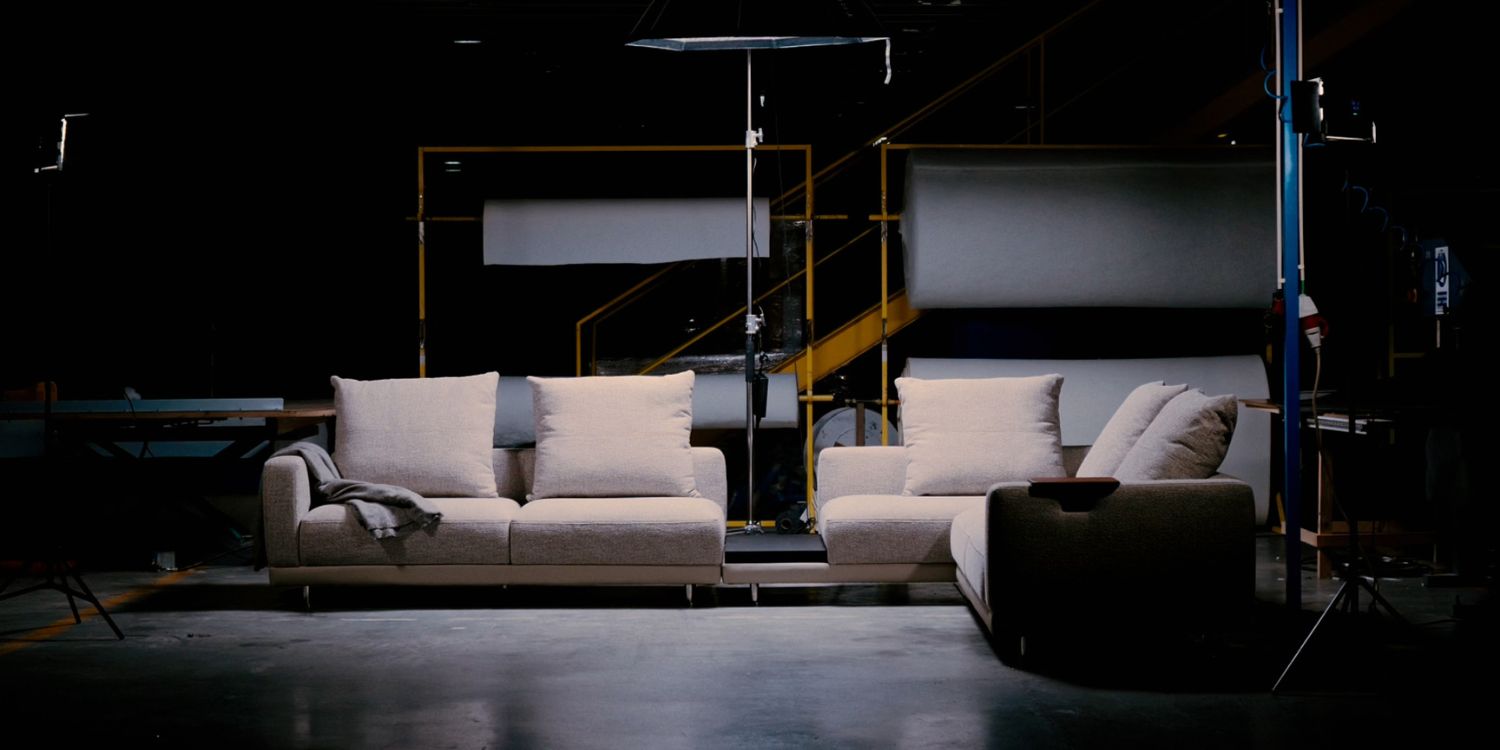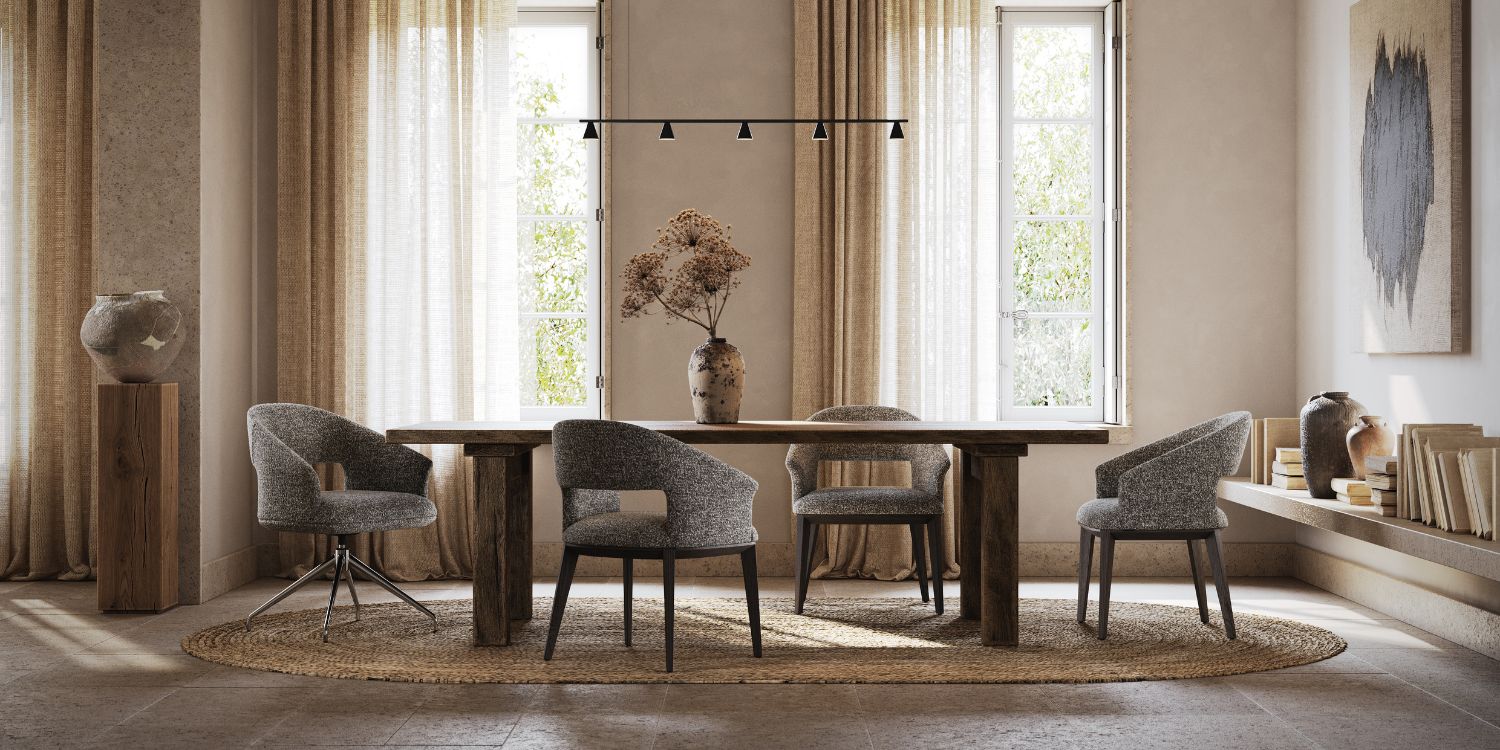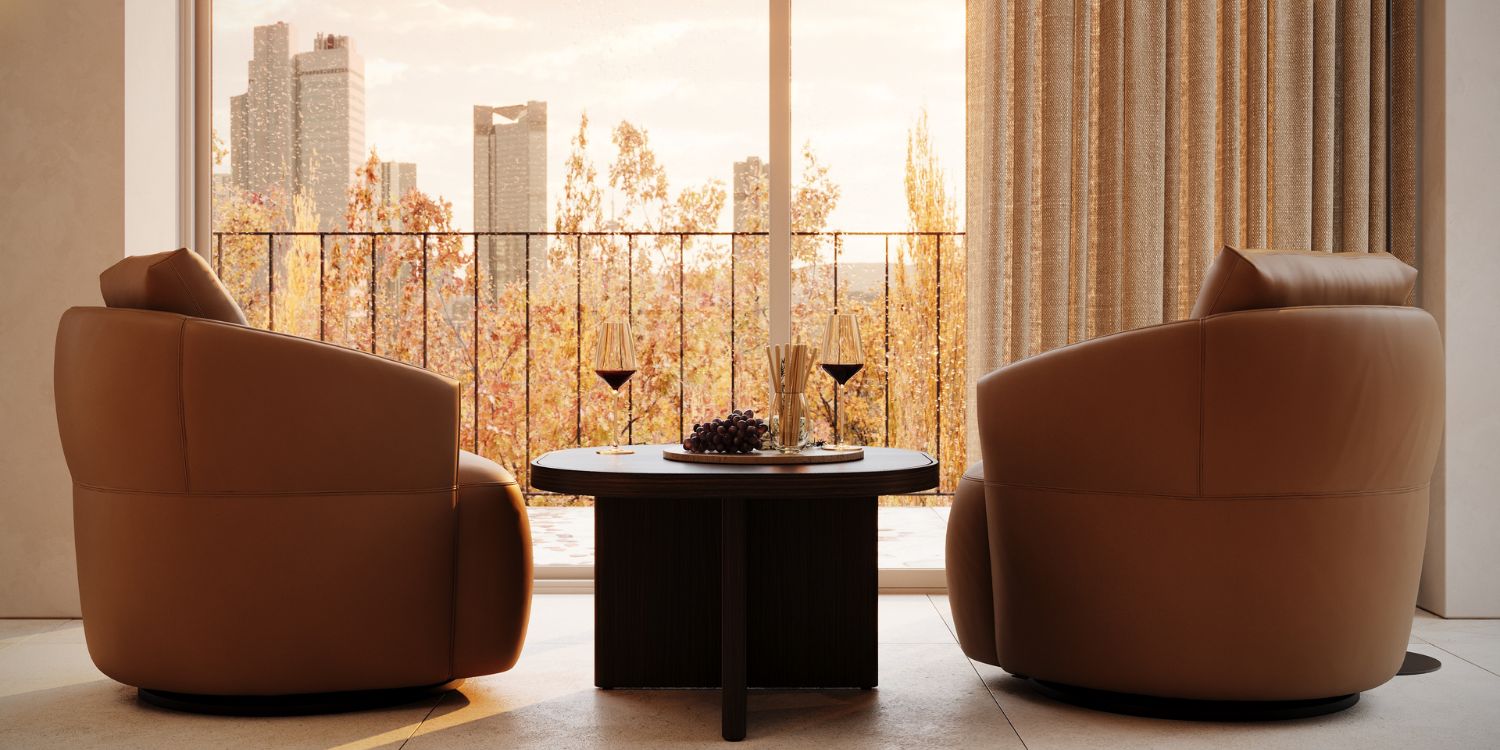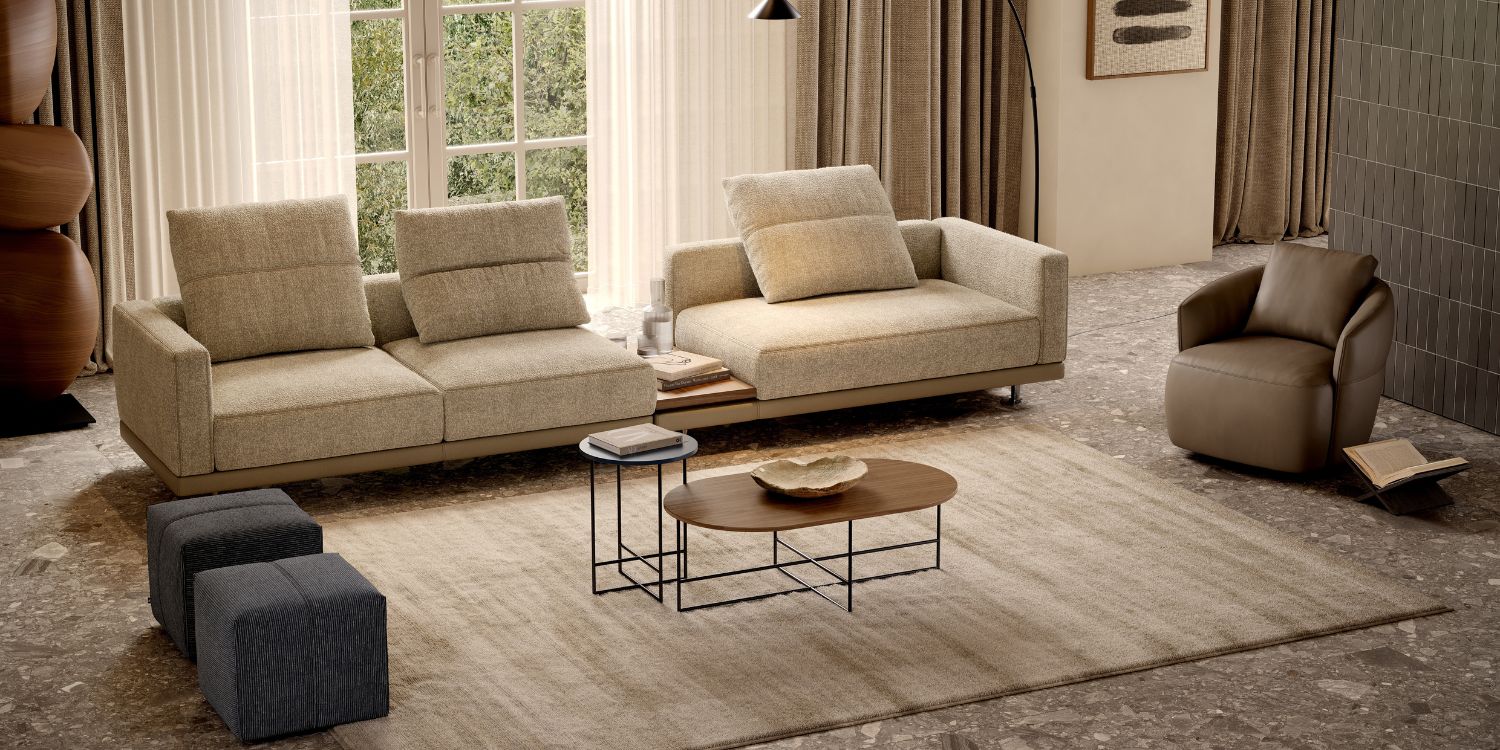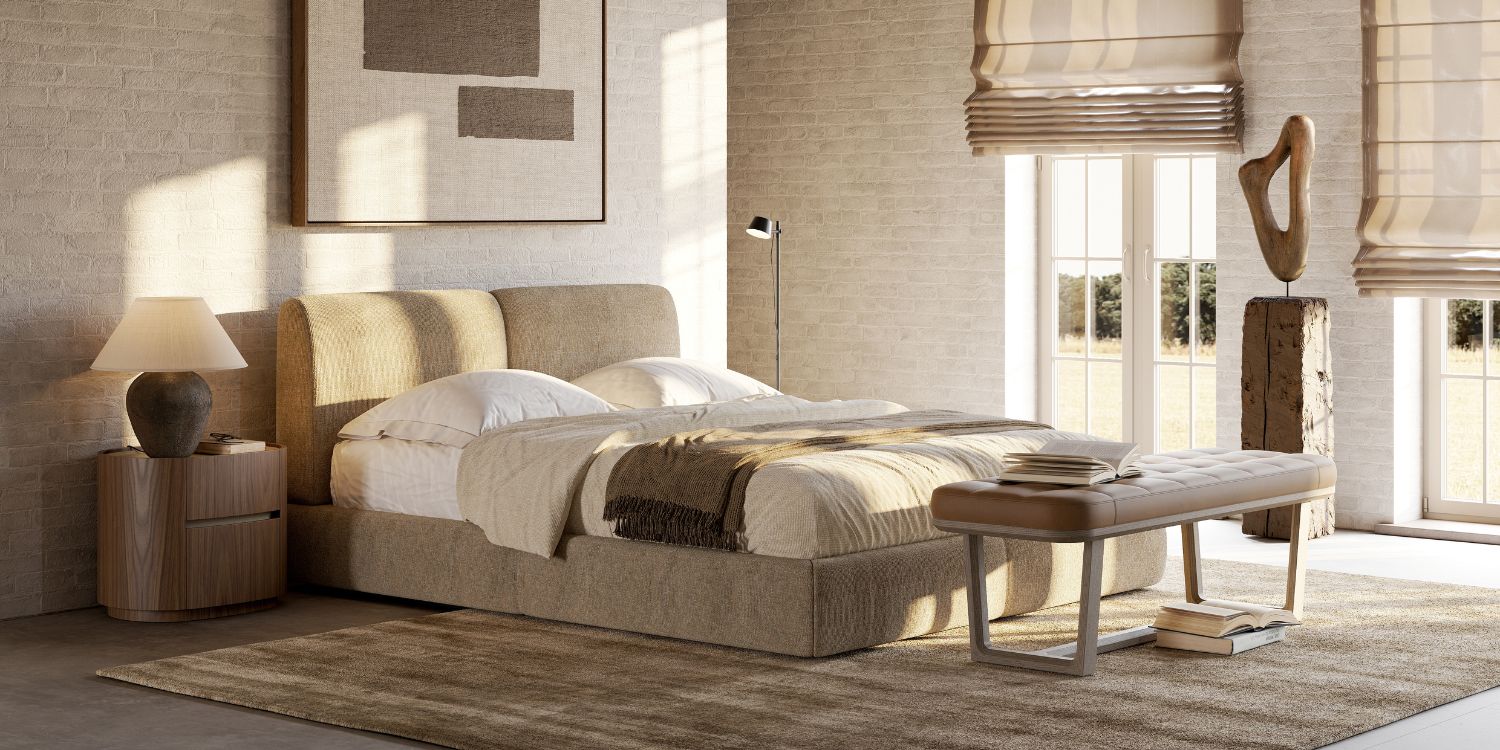Every interior tells a story, sometimes without a single word. You walk into a room and something happens. Maybe your shoulders relax or your pulse quickens. That invisible reaction is no coincidence – it’s the psychology of space at work.
For interior design professionals, understanding how design shapes emotion is one of the most powerful tools in creating meaningful spaces. Beyond aesthetics, every choice – colour, light, material, layout – communicates something. It guides how people feel and behave within an environment.
A 2019 study published in Frontiers in Psychology confirmed that environmental elements like colour and lighting can directly influence emotional states, cognitive focus and even social connection. Design, then, becomes more than visual harmony; it becomes emotional architecture.
In a world where well-being, comfort and authenticity are at the core of every project brief, learning how to design with emotion isn’t optional. It’s essential.
1. Colour As Emotional Language
Colour is one of the most immediate ways to affect mood. Warm tones – think terracotta, caramel or muted gold – create intimacy and comfort, perfect for dining or lounge areas. Cooler tones like deep green or slate blue bring serenity and balance, ideal for restful bedrooms or spas.
Yet colour is deeply contextual. The same shade can evoke energy in one culture and restraint in another. That’s why intentionality is everything. The right colour palette doesn’t just decorate; it directs emotion and purpose.
2. Light And Shadow As Mood Sculptors
Light shapes experience. Natural light uplifts and energises; warm, soft illumination comforts and calms. In a hospitality or residential project, layered lighting – ambient, task and accent – lets designers choreograph emotion throughout the day.
A living space, for instance, thrives when daylight transitions into cosy evening glow. Integrating natural shadows or diffused reflections reinforces a sense of rhythm, reconnecting people to the passage of time – a concept deeply linked to well-being.
3. Texture And Materiality: The Feel Of Comfort
Visual appeal may draw the eye, but texture invites emotion. Soft velvets, brushed leathers, matte stones – all translate into a sensory experience. The right combination evokes warmth, authenticity and depth.
Domkapa’s craftsmanship is built around this idea. Each fabric, stitch and seam is designed to engage the senses. The Matthew Sofa, for example, balances refined structure with a soft, inviting seat – its adjustable backrests adapting seamlessly to the user’s needs. It’s not just comfortable; it’s emotionally responsive.
4. Space And Flow: The Architecture Of Emotion
Spatial organisation can either soothe or overwhelm. Tight corridors may evoke unease, while open layouts promote calm and collaboration. Great interiors flow intuitively, guiding the user through emotional stages – from stimulation to rest, from public to private.
In a hospitality project, this might mean transitioning from a bright, airy lobby into intimate lounges. In residential design, it might involve connecting social zones with tranquil retreats. When space supports emotion, design becomes a form of storytelling in three dimensions.
5. Personalisation: Creating Emotional Connection
Spaces resonate most when they reflect personality. Incorporating unique details – custom upholstery, statement furniture, curated artwork – transforms interiors into personal narratives. This emotional layer builds connection and belonging.
Domkapa’s fully customisable approach gives designers freedom to shape those emotional cues. Whether through fabric choice, scale or finish, each piece can be tailored to match the tone and energy of the project. From the timeless Alexander Armchair to the sculptural Jermain Chair, emotion begins in the details.
How To Design Emotionally Intelligent Interiors
- Start with an emotional blueprint: Define the desired emotional outcome for each space before designing. Do you want it to calm, energise or inspire? Let that feeling guide every material, colour and layout decision.
- Layer experiences: Combine visual, tactile and spatial layers. Mix structured forms with soft finishes or pair natural woods with metallic details to achieve sensory balance.
- Design for well-being: Introduce natural light, organic shapes and sustainable materials. Even subtle biophilic references – like earth-toned upholstery or curved silhouettes – can create emotional harmony.
- Let lighting lead: Use lighting to shape mood transitions. Integrate adjustable, warm illumination in living zones and bright, crisp light in active spaces to support the body’s natural rhythm.
- Offer flexibility: Modular furniture, like Domkapa’s Edward Modular Sofa, gives users control over how they experience the space – inviting relaxation, connection or solitude as needed.
Emotional Design In Action
Domkapa’s collections are a practical expression of the psychology of space. Every piece is designed to balance form, comfort and emotion. The Hubert Armchair offers a feeling of safety through its enveloping curves; the Laurent Modular Sofa adapts to each moment of relaxation; the Norah Chair merges structure and softness, perfect for focused yet welcoming environments.
Through thoughtful design, these pieces allow interior professionals to translate emotional intent into physical form – turning spaces into experiences that stay with people long after they leave.
Designing with emotion transforms the way people live, work and connect. When you understand the psychology of space, you’re not just shaping interiors – you’re shaping experiences. Every project becomes an opportunity to design comfort, confidence and calm.
For interior designers, the benefits are profound. Emotionally intelligent design leads to more impactful spaces, stronger client relationships and a reputation for creating environments that not only look beautiful but feel right.
After all, the most memorable interiors are not remembered for their symmetry or palette; they’re remembered for how they made people feel.
YOU MAY ALSO LIKE: Designing With The Season: Autumn Trends To Inspire Your Projects
We are working every day to bring you the most stylish ideas to fulfil your inspiration and to create the best interior design projects, so feel free to follow our Instagram Page and subscribe to our newsletter.

